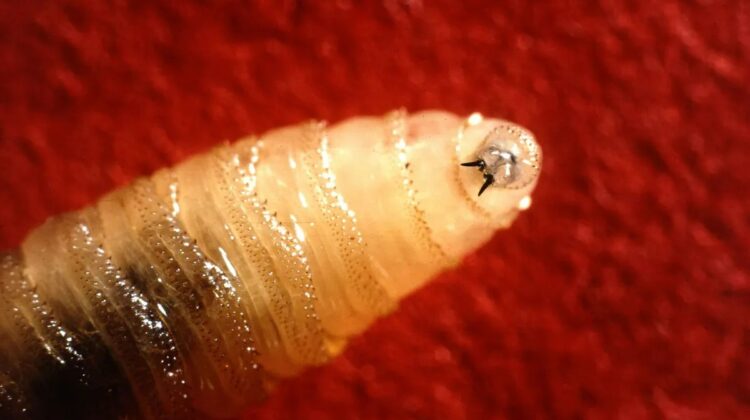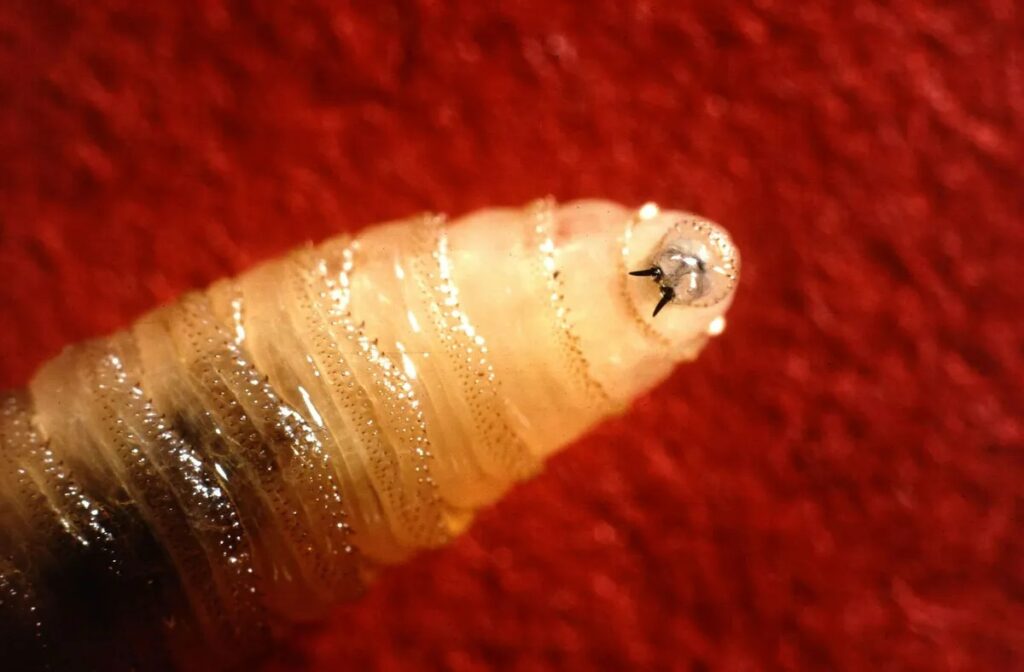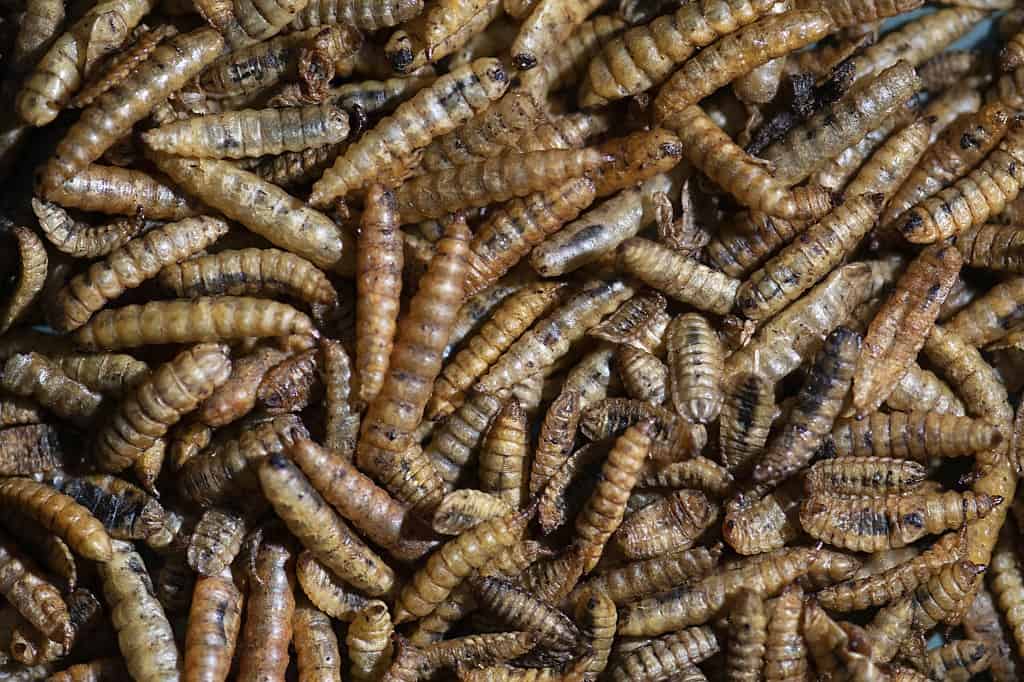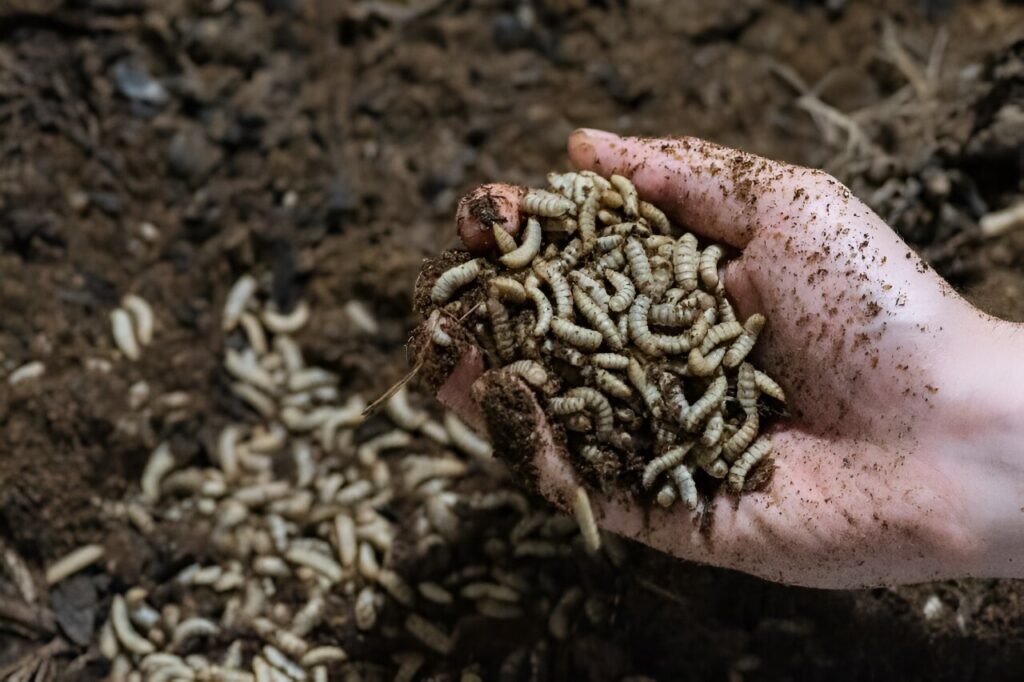
Costa Rica finds itself in the throes of a terrifying ordeal as an outbreak of burrowing, flesh-eating fly larvae, known as the New World screwworm, prompts a declaration of national emergency. The resurgence of this menacing insect species has unleashed havoc, posing a dire threat to both animal and human populations across the nation.
Nearly seven months have elapsed since the re-emergence of the New World screwworm fly was identified in Costa Rica. Since then, the situation has escalated, culminating in the declaration of a state of emergency on February 7. With each passing day, the population of these insidious creatures continues to surge, casting a shadow of fear over the country.
The New World screwworm flies, scientifically termed Cochliomyia hominivorax, belong to the blowfly family Calliphoridae. Native to vast swathes of North and South America, these relentless insects have plagued continents for centuries, wreaking havoc wherever they land. Infamous for their tendency to lay eggs within the open wounds of mammals and occasionally birds, their larvae delve deep into living tissue upon hatching, inducing excruciating infections, tissue necrosis, and even death.

Despite concerted efforts to curb the fly population in Costa Rica, reports indicate an alarming escalation. In March of this year, the Ministry of Health and SENASA confirmed the country’s first case of human infestation, underscoring the gravity of the situation.
Fortunately, history offers a glimmer of hope through the eradication efforts spearheaded by the US Department of Agriculture (USDA). Decades-long campaigns, initiated in the 1960s, resulted in the successful eradication of New World screwworms from North America. Leveraging this expertise, Costa Rica aims to “prevent, control, and eradicate” the burgeoning screwworm population through collaborative governmental initiatives.
Understanding the menace posed by these insidious creatures requires a closer look at their biology. The New World screwworm, endemic to much of the Americas, exhibits distinct life cycles influenced by ambient temperatures. With gestation periods ranging from three months in colder climates to a mere 18 days in warmer regions, their proliferation is both rapid and relentless.

What sets the screwworm apart from its counterparts is its preference for live mammalian hosts over carrion. These adept parasites target wounds or orifices, laying hundreds of eggs around the perimeter of the opening. Within a day, the eggs hatch, and the larvae embark on a collective journey into the host’s flesh, perpetuating the cycle of infestation.
Unchecked, screwworm infestations spell doom for their hosts, with mortality often occurring within one to two weeks. Of particular concern are naval wound infestations in newborns, which carry the highest fatality rates.
To combat this unprecedented threat, innovative strategies are imperative. The USDA’s sterile insect technique (SIT) has emerged as a beacon of hope. By sterilizing millions of captive male New World screwworms using radiation and releasing them into the wild, the program disrupts the reproductive cycle of the species. This method, pioneered in the late 1950s to combat Florida’s livestock decimation, has since been deployed across the Americas with resounding success.

The architects of this ingenious approach, Dr. Raymond Bushland and Dr. Edward Knipling, were honored with the 1992 World Food Prize for their contributions. As Costa Rica grapples with the specter of the New World screwworm, there is a collective resolve to emulate past successes and safeguard the nation’s biodiversity and well-being. Through unwavering determination and innovative tactics, Costa Rica endeavors to emerge triumphant against this formidable adversary, ensuring a future free from the scourge of screwworm infestations.

Leave a Reply